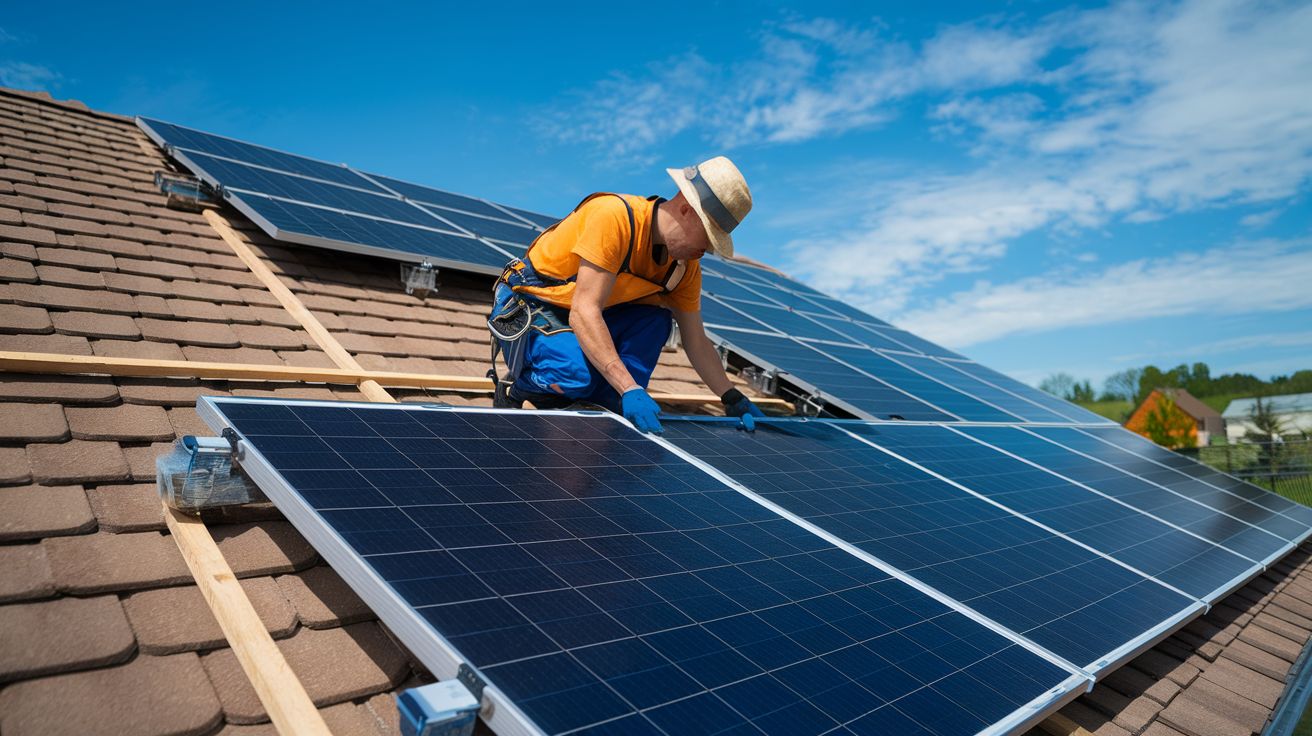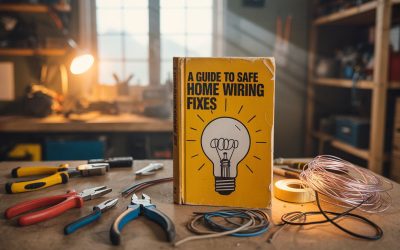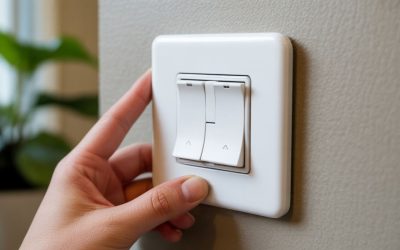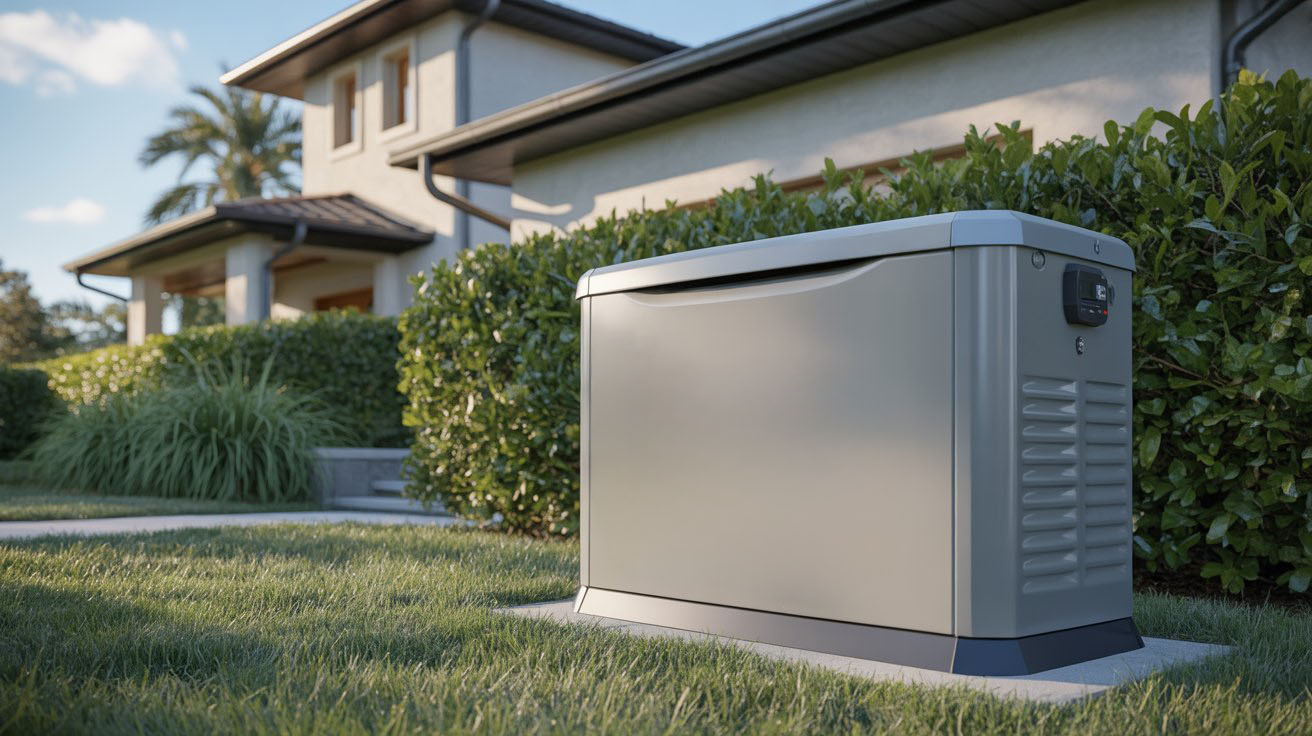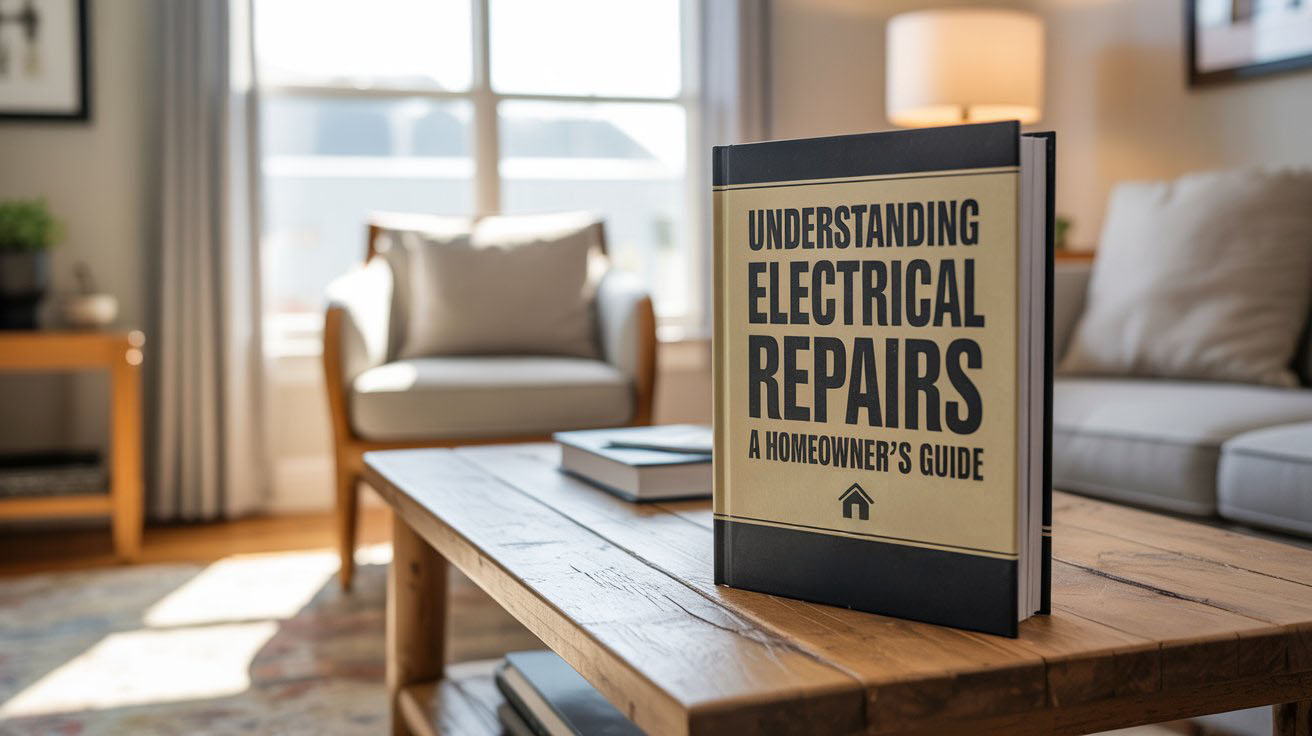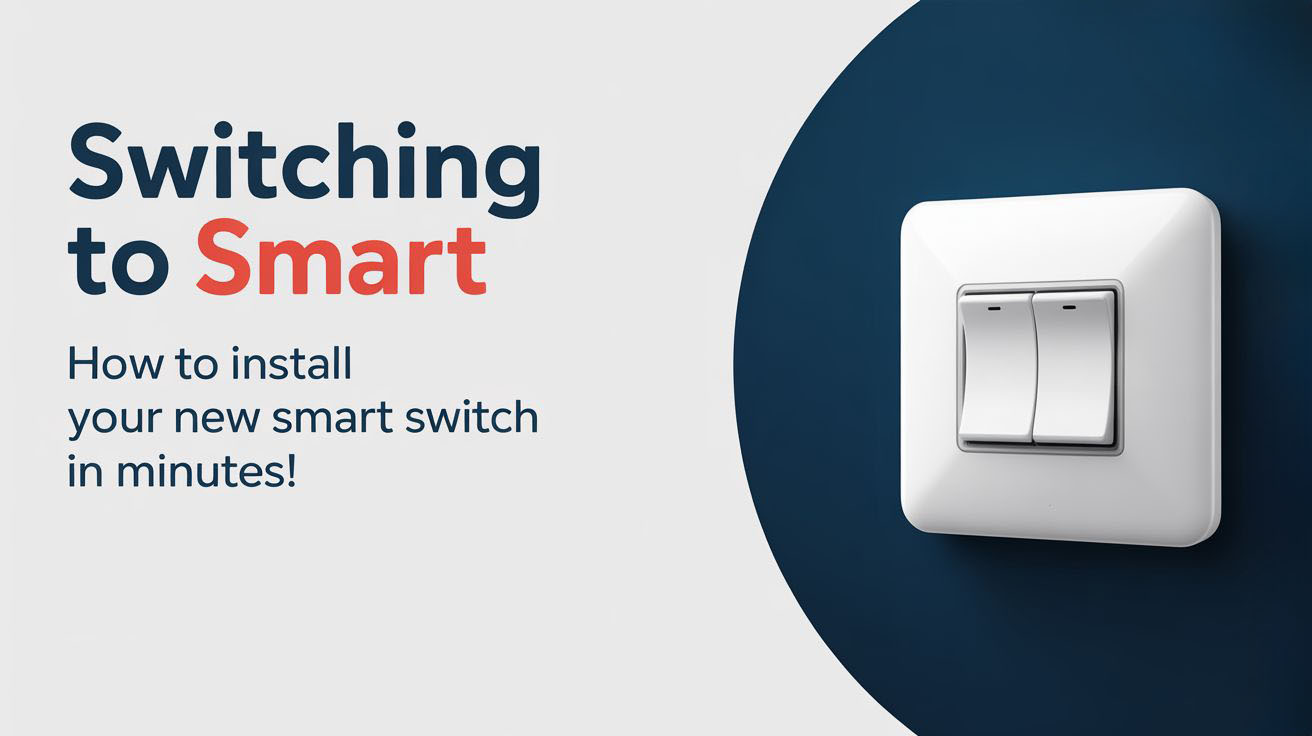The shift to solar power is becoming a popular choice for homeowners who want to reduce their electricity bills and contribute to environmental sustainability. Installing solar panels can be a rewarding process that promotes sustainability while increasing property value.
Table of Contents
- Understanding Solar Panels
- Choosing the Right System
- Planning and Permits
- Installation Process
- Connecting to the Grid
- Maintaining Your Solar System
- Key Takeaways
- FAQ
- Schedule Your Installation Today
Understanding Solar Panels
Solar panels convert sunlight into electricity. They consist of many solar cells made of silicon, which produce energy when exposed to light. This renewable energy source reduces reliance on fossil fuels and lowers greenhouse gas emissions.
Different types of solar panels exist, including monocrystalline, polycrystalline, and thin-film solar panels. Each type has its benefits, with monocrystalline being the most efficient but generally more expensive. Knowing how these panels work and their differences can help you make informed decisions for your home.
Choosing the Right System
Selecting the right solar panel system is crucial for maximizing energy production. Here are steps to help you choose:
- Assess your energy needs: Consider your current electricity usage and the amount of energy you want to generate.
- Evaluate your roof: A south-facing roof is ideal for solar panel placement, but consult a professional if you’re unsure.
- Set a budget: Factor in not only the cost of the panels but also the cost of installation, maintenance, and potential incentives.
- Research installers: Find local electricians who specialize in solar installation. Reviews and testimonials can often guide you.
Taking these steps can help ensure that you select a system that meets your home’s specific energy needs.
Planning and Permits
Planning is essential before installation. Here’s a breakdown of what to do:
- Check local regulations: Some areas require permits for solar installations. Research these requirements early on.
- Contact your utility company: Understanding their policies can help you determine how your solar system will connect to the grid.
- Consult with professionals: Electricians who specialize in solar panels can help navigate the permitting process.
Taking these steps ensures a smooth installation process.
Installation Process
The installation process involves several key steps:
- Site Inspection: A professional electrician will evaluate your property’s suitability for solar panels.
- Preparation: The area where the panels will be installed should be cleared and prepared, ensuring that nothing obstructs sunlight.
- Mounting Panels: Panels are attached to a mounting system on your roof or ground. A professional will ensure they are adequately secured.
- Wiring: Electricians will run wires from the panels to your electrical panel to ensure a safe connection.
- Final Inspection: A final inspection by local authorities may be required to ensure compliance with safety standards.
Proper installation by trained professionals is crucial for ensuring safety and optimal performance.
Connecting to the Grid
Once the installation is complete, it’s time to connect your solar system to the electrical grid:
- Grid-Tie: If your system is connected to the grid, you can utilize solar power while remaining connected to your utility. Excess energy can often be sent back into the grid for credits.
- Net Metering: Many utilities offer net metering programs. This allows you to use the energy credits consumed at night or during cloudy days.
- Inspection and Approval: Local authorities will conduct an inspection and approval process. Ensure that you address any concerns raised.
Successfully connecting to the grid enables you to optimize your energy use and fully leverage solar power.
Maintaining Your Solar System
Maintenance is key to ensuring that your solar panels continue to perform well over time:
- Regular Cleanings: Dust, leaves, and debris can accumulate on panels, reducing efficiency. Clean them periodically, particularly if you live in a dusty area.
- Check for Damage: Periodically inspect for cracks or physical damage. If issues arise, call a professional immediately.
- Monitor Performance: Utilize your inverter’s monitoring system to track energy production and identify any output drops.
Keeping your solar system well-maintained helps maximize its lifespan and effectiveness.
Key Takeaways
– Solar panels convert sunlight into electricity, reducing energy costs and environmental impact.
– Understand your energy needs and roof conditions to choose the right solar system.
– Proper planning and obtaining permits are essential for a smooth installation.
– Follow a structured installation process with the help of trained electricians to ensure safety.
– Regular maintenance keeps your solar system functioning at peak performance.
FAQ
What are the costs associated with installing solar panels?
Costs can vary based on the type of panels, installation fees, and any additional equipment needed. Generally, system prices range from $15,000 to $30,000 before incentives.
How long do solar panels last?
Most solar panels have a lifespan of 25 to 30 years, during which they hold approximately 80% of their efficiency.
Will solar panels work on cloudy days?
Yes, solar panels can still produce electricity on cloudy days, although efficiency may be reduced.
Do I need special permits to install solar panels?
Yes, please check local regulations to determine if permits are required. Consulting with a professional can help identify these requirements.
Can I install solar panels myself?
While it’s possible, hiring a professional electrician is recommended for safety and compliance with local codes.
Schedule Your Installation Today
Ready to take the next step toward sustainable energy? If you’re looking for professional help with solar panel installation, our trained electricians are here to assist you. Take action today and ensure your home is maximizing its energy potential. For more information, contact us.

